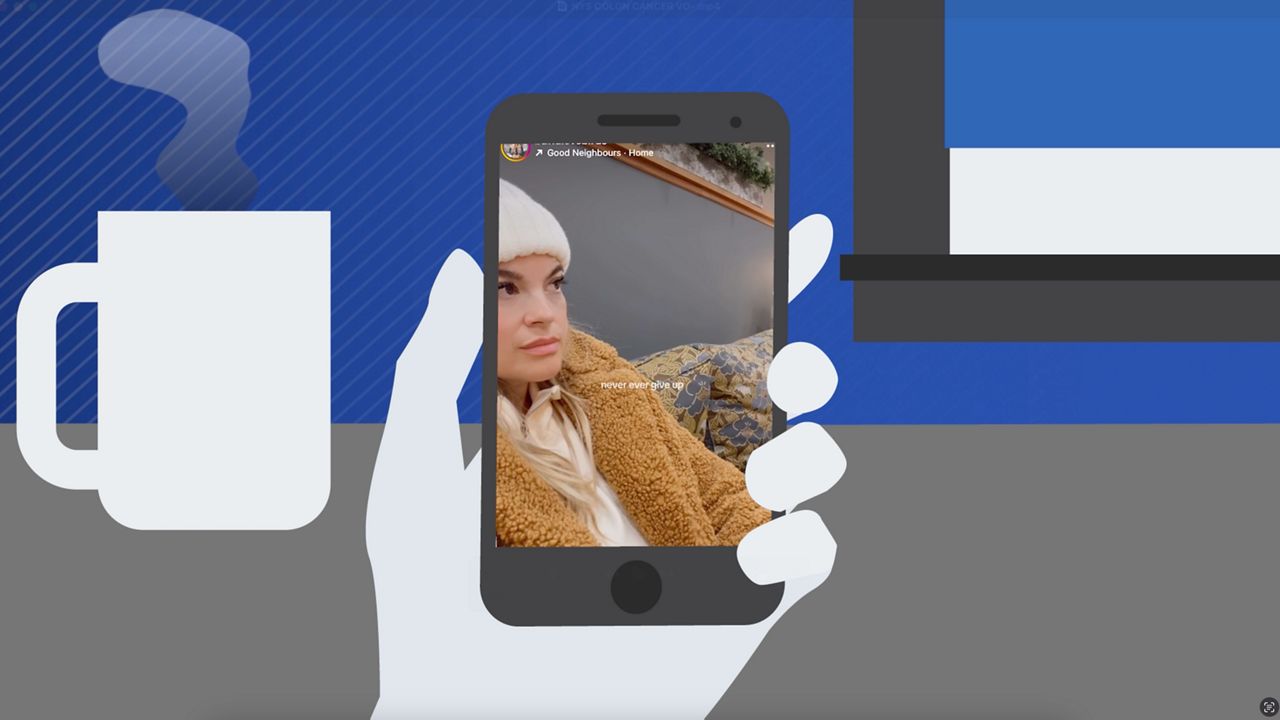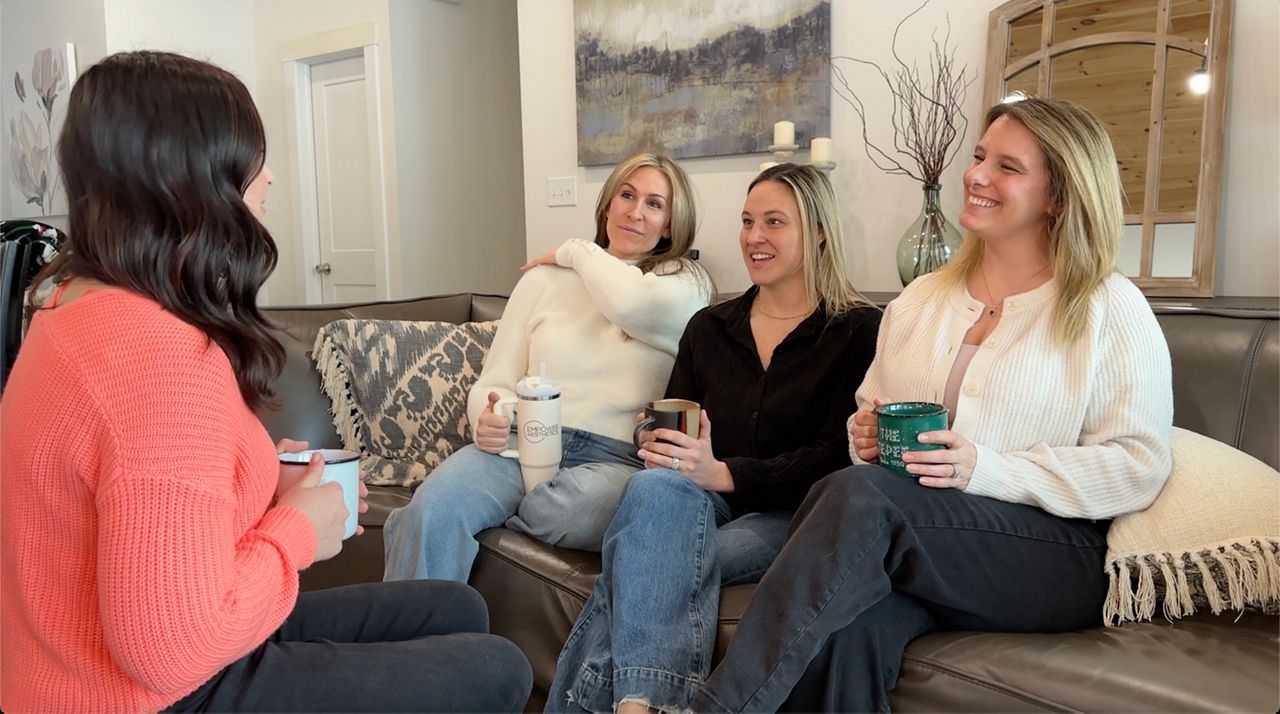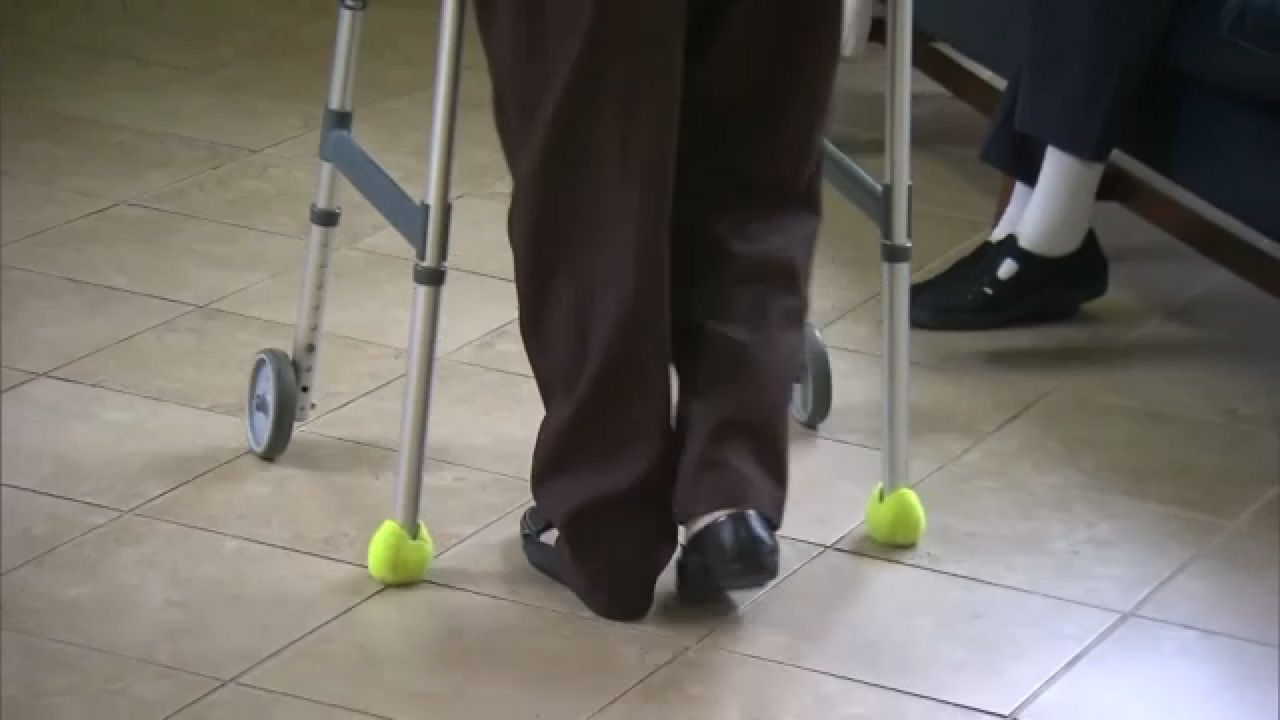When Danielle Wright logs in to her computer each morning, she’s prepared to treat as many as 40 patients over the course of the day. Wright is a physician assistant with UCM Digital Health, a virtual medical practice based in Upstate New York with providers and patients in 48 states.
“We get patients every day from across the U.S. and the lives we touch with telemedicine compared to what we’d touch if we were in a facility are a thousandfold,” said Wright, who left a job in the emergency room at an upstate hospital about seven years ago.
Since the early stages of the COVID-19 pandemic, an executive order from the governor’s office has allowed Wright and nearly 20,000 other PAs from across New York to practice without the direct supervision of a physician. Designed to counter the shortage of doctors as COVID surged, the order has temporarily reversed a policy that had been in place for decades.
What You Need To Know
- In the early stages of the pandemic, then-Gov. Andrew Cuomo signed a pair of executive orders granting physician assistants more flexibility to practice without the direct supervision of a doctor
- The orders were designed to ease strain on the health care system as COVID-19 cases spread across the state
- Believing the decision has expanded access to care, the New York State Society of PAs is urging the legislature to make the changes permanent
- Given a physician’s more extensive training, the Medical Society of the State of New York believes the executive orders should be discontinued
“The quality of care has increased because exactly what PAs were developed for was to increase accessibility to health care and we’ve finally been able to do that without the red tape and barriers in place,” Wright said.
At UCM’s headquarters, co-founders Keith Algozzine and Dr. Mike Bibighaus say freeing up PAs to work more independently has been especially beneficial to patients in rural parts of the state.
“Today, 40 percent of PAs work in underserved areas where if they weren't there, there might be no health care for the patient,” said Algozzine, the company’s CEO and a PA.
“You want to get people to the right person at the right time and sometimes that is a nurse, sometimes it is a physician, but the PAs have been a big role in that,” said Bibighaus, UCM’s chief medical officer.
Bibighaus and Algozzine are in favor of a push by the New York State Society of Physician Assistants to have the state legislature remove the barriers permanently and give practices more flexibility when it comes to establishing supervisory roles between physicians and PAs.
“A PA with two years’ experience might be different than a PA with 20 years’ experience, a PA taking care of minor problems might be different than a PA taking care of the most complex problems as far as their supervision,” Algozzine said.
Dr. Parag Mehta, the incoming president of the Medical Society of the State of New York says that while removing the barriers helped more patients get treated when the health care system was thinly stretched throughout the pandemic, the organization believes physicians should once again oversee PAs because of their more extensive training.
“We believed at MSSNY that health care will be team-based and the leader of the team should be a physician,” Mehta said. “That is the one argument nobody can [make]: When it comes to the clinical diagnosis, the people who are more trained will make a better diagnosis.”
While the Medical Society believes the executive order should end, Wright says she believes making the changes permanent would only benefit those in need of care.
“Those barriers just decrease the access, and that’s all they’ve done, and the last two years without them has proven that’s all they’ve done,” Wright said.










